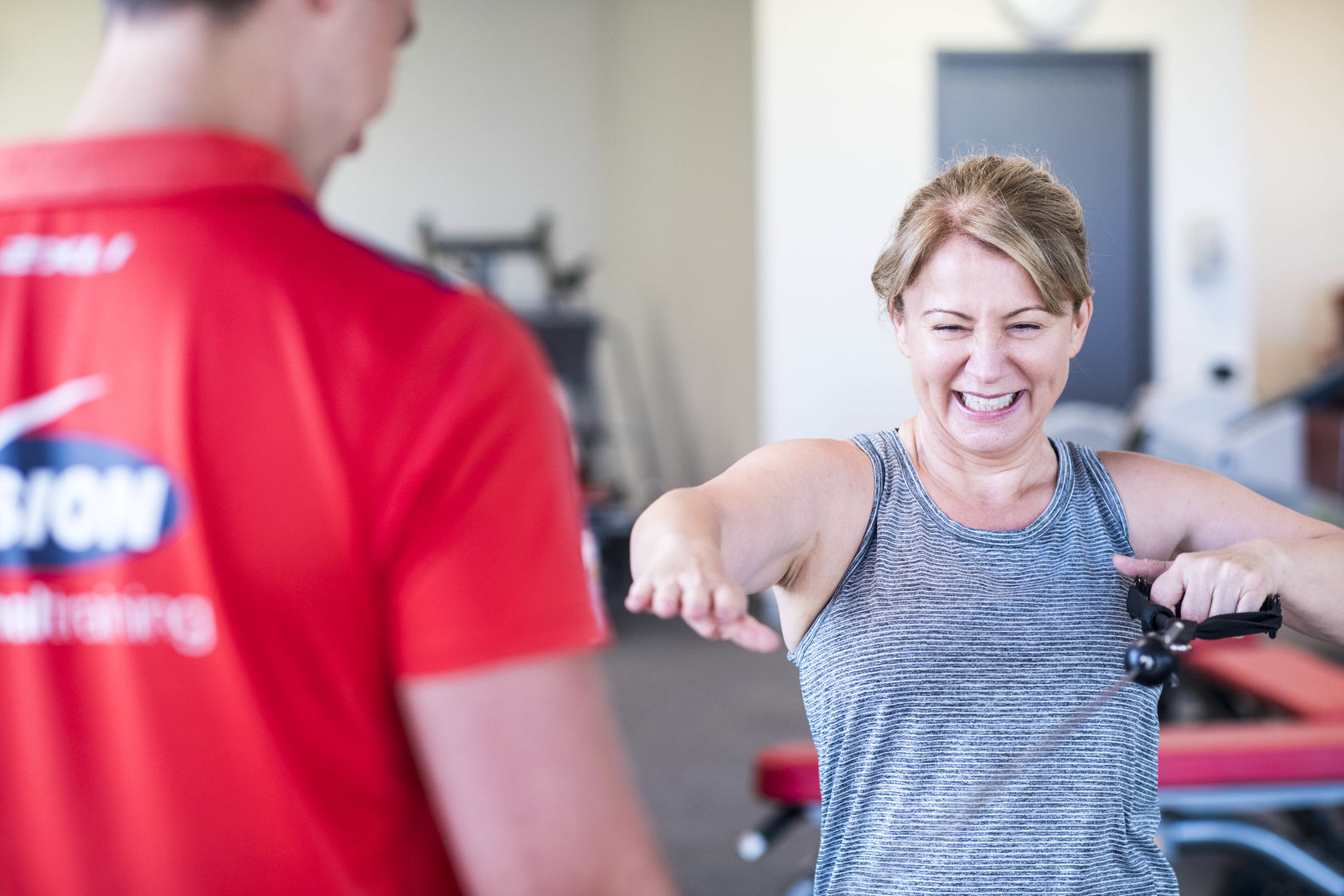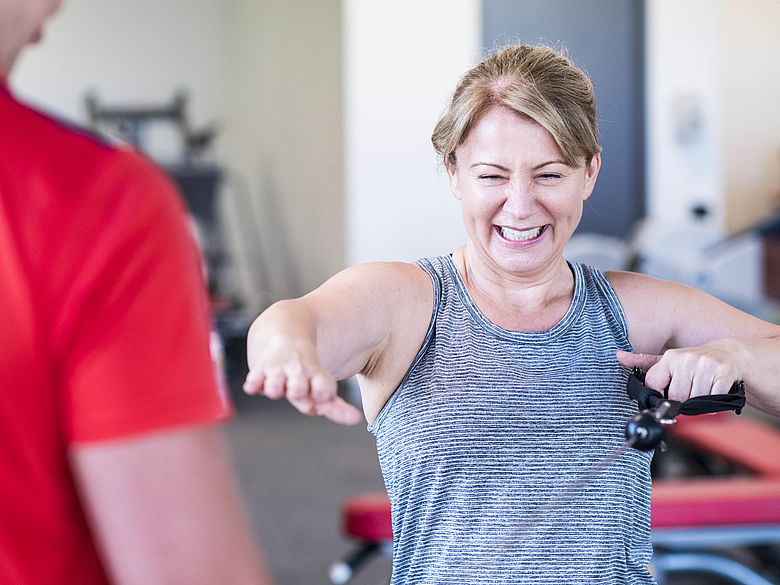ITB Syndrome (Iliotibial friction syndrome) is one of the most common causes of "Runner's Knee" and can account for up to 22% of overuse injuries in runners. Being an overuse injury, it is caused by repeated trauma rather than a specific incident.
The ITB attaches to a bony protuberance (femoral condyle) on the outside of the knee. It slides forwards and backwards across this bony point with movement. This repetitive sliding can create excess friction, especially when the knee is bent at 30 degrees, which commonly happens just as your foot strikes the ground in running. This region of 30 degrees of knee flexion is called an "Impingement Zone" or pinching of irritated structures over the outside of the knee, thereby producing ITB Friction Syndrome.
What is the Iliotibial Band?
The ITB, or iliotibial band, is a long, thin band of fascia that runs down the outside of your thigh. At the top of your thigh it is attached to your Tensor Fascia Latae (TFL) muscle and Gluteus Maximus and at the bottom it attaches to your tibia (lower leg bone) and femoral condyle on lower outside portion of the thigh bone.
What Causes ITB Syndrome?
Essentially ITB friction syndrome is caused by altered running biomechanics due to underlying muscular imbalances. Your biomechanics can alter due to a muscle imbalance (weakness or tightness), fatigue and ground impact issues.
The most common causes include:
- Poor biomechanics (running technique); particularly inwards rolling knees and hips
- Weak hip / gluteal muscles
- Weak hip rotators
- Weak inner quadriceps
- Weak core muscles
- Poor foot arch control
- Worn out or unsuitable runners
- Sudden increase in mileage for training
- Excessive hill training (particularly downhill)
- Endurance running (training for ½. and full marathons, ultra-marathons)
What are the Symptoms of ITB Syndrome?
There are varying degrees of severity of ITB Friction Syndrome. The most common symptoms include:
- Sharp or burning pain just above the outer part of the knee
- Pain that worsens with continuance of running or other repetitive activities
- Swelling over the outside of the knee.
- Pain during early knee bending
- Gradual onset of symptoms which if they persist for greater than 4 weeks can cause major sport or activity interference.
1. Lengthening Stretch
The most effective lengthening exercise for the iliotibial band is to stretch it across the hip and outside of the leg. Cross the injured leg behind the other leg and lean toward the uninjured side. First, stretch with your arms over your head, creating the shape of a bow from ankle to hand with the injured ITB on the outside, then bring your arms down to touch the ankle on the inside of the bow. Hold for 15 seconds and repeat 10 times. Perform three sets a day.
2. Clam Shell
Begin with a clamshell exercise using a resistance band. Perform the exercise slowly with emphasis on good form. Build up to 3 sets of 10 repetitions on each leg. When this exercise becomes easier and the leg remains pain-free during the process, you can move on to more advanced strengthening.
3. Side Leg Lift
Lying on your side, raise your top leg straight up, then extend the leg backward in that plane, move it forward, and then return it to the starting position. Form is very important. Check that you have a straight line from shoulder to ankle with the top hip slightly in front. (Do not let the top hip rotate backward.) Perform the sequence slowly with toe pointed down. Build up to three sets of 10 reps for each leg.
4. Single-Leg Squat
Balance on one foot, then bend knee and send hips back to lower one-quarter of the way down to the ground. Make sure the knee stays straight over the foot and does not collapse inward.
After you have mastered the straight quarter squat, make the exercise more challenging by mimicking running form, extending the unsupported leg behind you and bringing it through to lift the knee in front of you. Ultimately, work your way up to touching the ground in front of you on the forward lean. Then you can progress to holding a medicine ball overhead.
5. Hip Hike
When strong enough, eccentric strengthening works the hip abductors in the same manner in which they function during running. Standing on one foot on a step or a stair, raise the other foot by lifting your hip on that side, while taking care to stay in a straight, upright position. Slowly lower the hip to the bottom of your range of motion, while staying upright. Perform 10 repetitions on each side and build up to three sets.
*Disclaimer: Individual results vary based on agreed goals. Click here for details.

